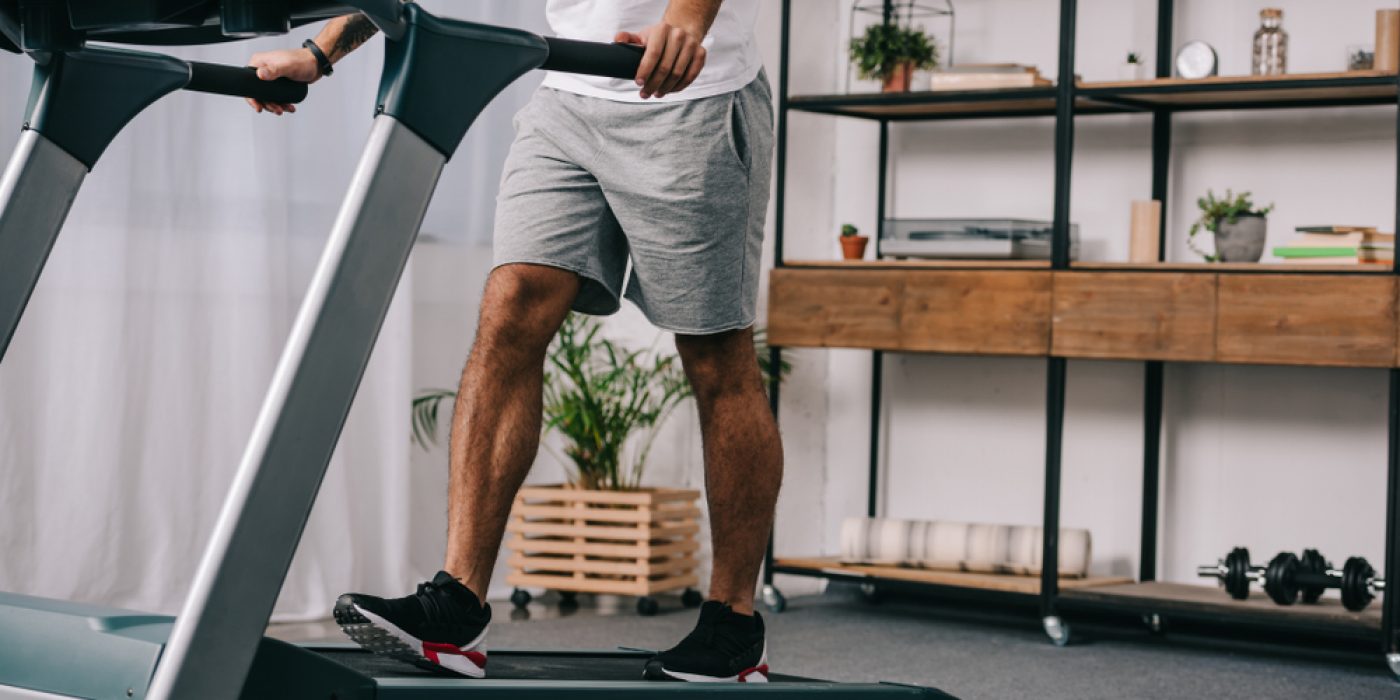If you’ve had hernia surgery in Melbourne, you’re probably keen to return to your regular routine, especially when it comes to exercise. But after hernia repair in Melbourne, it’s important to understand what types of movement are safe and which ones could put pressure on your healing tissues. Getting back into fitness too quickly or doing the wrong exercises may increase your risk of complications. According to a leading colorectal surgeon, knowing what to avoid and how to ease back into activity can make a big difference in your recovery.
Why Exercise Matters After Hernia Surgery
Staying active helps support your body’s healing process. Gentle movement improves circulation, keeps muscles active, and reduces the risk of complications like blood clots or stiffness. However, following hernia surgery in Melbourne, your abdominal muscles and surrounding tissue need time to heal properly.
Research and clinical guidelines recommend beginning with light activity such as walking, while avoiding exercises that increase abdominal pressure. Your colorectal surgeon will provide advice tailored to your specific type of hernia and repair.
The First Few Weeks: Rest with Gentle Movement
In the first two to four weeks after surgery, recovery should focus on rest with gentle daily movement. Walking around the house or short strolls outdoors can help boost circulation and support healing. It’s best to avoid:
- Lifting anything heavier than 5kg
- Sit-ups, planks, or abdominal exercises
- High-impact activities like running or skipping
- Any movement that stretches or twists your torso
Patients who have had laparoscopic hernia repair may be able to return to light activities slightly sooner than those who’ve had open surgery, but everyone recovers at a different pace. Your colorectal surgeon will guide you based on your procedure and overall health.
Reintroducing Exercise: Weeks 4 to 6
By the four to six-week mark, you may be able to begin gentle strengthening and low-impact cardio. It’s important to avoid anything that increases pressure in your abdomen or risks pulling on the surgical site. Safe activities at this stage can include:
- Stationary cycling at low resistance
- Walking on flat ground or a treadmill
- Gentle yoga or stretching without twisting
- Light upper and lower body weights (avoiding core engagement)
Always check in with your colorectal surgeon before returning to structured workouts. They may also recommend working with a physiotherapist who has experience with post-surgical recovery.
Strengthening Your Core: When and How
Many people want to strengthen their core to prevent future hernias. While this is an excellent long-term goal, timing and technique are everything. Between eight and twelve weeks after surgery, you may be cleared to start light core exercises, but only if your surgeon confirms you’re ready.
Start with movements that gently activate the deep abdominal muscles, such as:
- Diaphragmatic breathing
- Pelvic tilts
- Gentle Pilates
- Transverse abdominis activation
Over time, you can build up to more intensive exercises like planks or resistance-based training. Rushing into crunches, heavy weights, or CrossFit-style workouts too soon after hernia repair in Melbourne increases your risk of recurrence.
Warning Signs and When to Pause
Keep an eye out for symptoms such as pain, swelling, a new bulge, or a pulling sensation near the surgical site. These could indicate strain or even a recurrent hernia. While recurrence is uncommon thanks to modern surgical techniques, it can still happen, particularly if the area is placed under stress too early.
Studies from the Royal Australasian College of Surgeons show that recurrence rates are low after mesh-based hernia repairs, especially when post-operative care is managed well. If you notice anything unusual, speak to your colorectal surgeon straight away.
Support Your Recovery After Hernia Surgery in Melbourne
Returning to exercise after hernia surgery in Melbourne is an important part of your recovery, but it must be done gradually and with care. Your body needs time to heal, especially around the abdominal wall. Start with light activity, follow your surgeon’s guidance, and ease into strength-building over time. With a personalised plan, the support of your colorectal surgeon, and attention to how your body feels, you can regain strength safely after hernia repair in Melbourne and return to the activities you enjoy with confidence.


